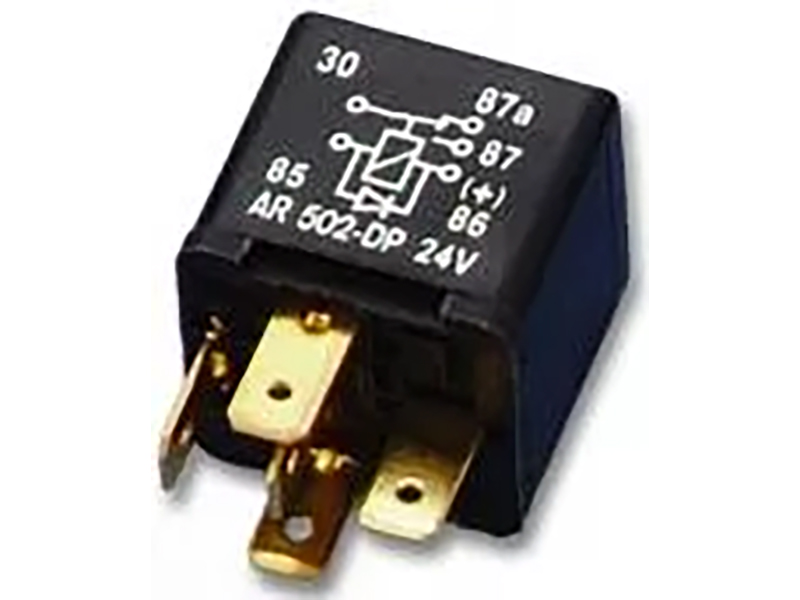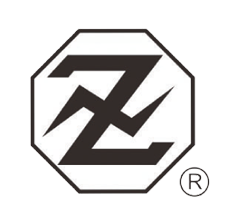2023-04-26
What Is an Automotive Relay (Car Relay) And How It Works?

Have you ever wondered what makes your car's electrical system tick? The answer lies in a small yet essential component known as the automotive relay. This tiny device acts like an electric switch that can be used to control larger circuits and protect them from damage due to overloads or short circuits.
In this article, we'll explore how relays work and their various types, applications, and advantages when used in cars. From understanding the basics of how these devices function to learning about their use in controlling multiple electrical systems within a vehicle - this guide covers it all.
So, let's get started and learn more about automotive relays.
What Is an Automotive Relay (Car Relay) and How Does it Work?
An automotive relay is an electric or electromechanical switch engineered to withstand the rigors of a vehicle's environment while providing easy control of power levels in the comfort and retainment systems.
Similar to other switches, automotive relays are activated with electrical power or computer signals sent from a control module. By using an automotive relay, users can switch multiple circuits with different voltages at the same time and easily automate the process of turning electrical currents on and off.
An automotive relay works by using electromagnetism to change small levels of input electricity into larger current outputs. When an electric signal is sent to the relay, electromagnets form or break existing circuits, allowing for the conversion of weak inputs into larger currents. Depending on the application, this current can act as either a switch or amplifier for electric currents.
Types of Car Relays
To ensure that a variety of automotive applications are met, there is an array of specialized relays available for vehicles. The following list details the different types and their respective functions:
1. Normally Open Relays
The typical open relay only consists of four pins and may solely be connected in the normally open manner. This alternative is distinct from changeover types of relays that are able to adapt to a variety of configurations, including N.O. (normally open).
2. Change Over Relays
Automobiles often feature five-pin relays that can be wired up in three distinct ways. By connecting pins 30 and 87, the relay is Normally Open (N.O.), while pinning 30 to 87a creates a Normally Closed (N.C.) configuration. You could also opt for a changeover arrangement by linking pin 30 with both 87 and 87a simultaneously.
Components of Automotive Relays
All relays are constructed of similar primary components; however, additional parts may be included depending on the individual relay's features and intended use. Here is an overview of the main components you will find in all types of relays:
1. Supporting the entire structure of a relay, the Frame is an integral component that serves as its protective container. Assembled with heavy-duty materials, it securely holds all the parts together to form a complete system.
2. Coils are integral components of electrical systems, as they create an electromagnetic field when a wire is wound around a metal core.
3. The armature is an instrumental component that operates by opening and closing contacts. Additionally, it also contains a spring to reset the armature back into its initial position.
4. Contacts are the fundamental component of relays, enabling them to connect and disconnect circuits. Relays are composed of two circuits - the energizing circuit and the contact circuit. The energizing side contains the coil, while on the other side lies the relay contacts. When an electric current passes through a relay coil, it generates a magnetic field capable of powering up an air conditioning unit for 120 times per second in alternating polarity or fixed polarity if it uses direct currents (D.C.).
Common Applications for Automotive Relays
- Switching High Current Circuits
Automotive relays are primarily used when you need to control a high-current circuit using a low-current one. When the in-line switch is not able to handle the amount of power necessary for such systems, that's where automotive relays come into play. With them, it becomes easier and safer to manage these circuits without worrying about their capacity limitations or risks associated with sudden spikes in energy. Say you have a set of high-powered work lamps that light up when the headlights are activated; this would exceed the capacity of your existing loom setup. In this case, an automotive relay is what you need to resolve this issue and make sure everything runs smoothly.
- Execution of Logic Functions
In today's world, car relays may have been substituted for original equipment manufacturer electronic modules. But don't be fooled - they are still a great option for logical operations.
Auto relays are ideal for smaller, cost-effective logic tasks such as momentary inputs and time control functions, including wiper blade timing and interior light delays.
Although many manufacturers have moved on to programmable logic solutions, a car enthusiast can find it easier and more appealing to install relays in order to manage simpler logical operations. Relays offer an effective yet inexpensive alternative that is sure to appeal.
- Activating Multiple Circuits via Single Switch
Utilizing a relay offers tremendous advantages, as it can initiate multiple circuits using only one switch. A single input within an electrical system is capable of activating and initiating numerous relays inside the circuit- thereby enabling you to orchestrate various operations with merely a solitary signal.
The perfect illustration of a single switch that triggers multiple actions is the central locking system found in cars. With just one press, all the door locks effortlessly lock or unlock - it's an efficient and convenient feature.
Conclusion
The versatility of car relays is undeniable. They may look a bit intimidating, but knowing the basics can help you recognize their potential and capitalize on their use when installing, repairing, or customizing your electrical system. Ultimately, it will save you a lot of time and money - so don't miss the opportunity to make your car electrifyingly efficient.
Contact Zung Sung for more details!
ZUNG SUNG ENTERPRISE CO., LTD.
TEL : 886-4-7360023
FAX : 886-4-7355713
No.26, Ln. 132, Sec. 1, Zhongxing Rd., Hemei Township, Changhua County 50854, Taiwan
